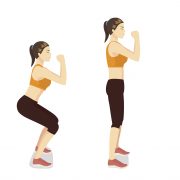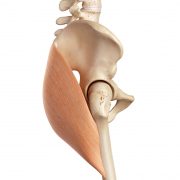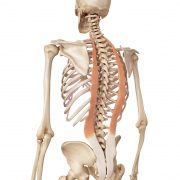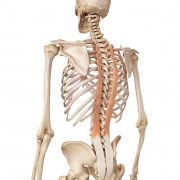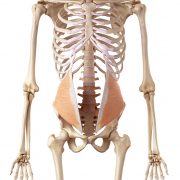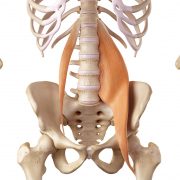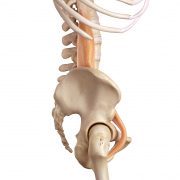The HIIT Workout Workshop
High Intensity Interval Training (HIIT) can be a valuable part of every woman’s workout week. For peri- and post-menopausal women, it’s close to essential.
But it sounds a little intimidating right?
- What’s involved?
- How can I modify the workout to match my fitness level?
- Can I do a HIIT workout at home?
- How often should I do HIIT and what benefits will it bring to me?
The answers to these questions are best presented in a practical setting, one in which you can try things for yourself. Read on to find out more about this workout workshop…
 Where: Movéo Fitness Studio,
Where: Movéo Fitness Studio,
2 Touraine Close, Constantia, Cape Town
In this space dedicated to women’s health, you’ll find energy and motivation to do something amazing for your physical and mental well-being.
The Studio is a private, peaceful sanctuary and the perfect space in which to take time to move; to move in the moment and to move forward with intention.
When: Saturday 3 May 2025
Doors will open at 08:30 and we start at 09:00.
For whom: women
Women seeking to optimise their health and well-being as they move towards and transition through their menopause and age with grace. This workshop is intended for those who are curious to know if HIIT is right for them; for those who want to experience it for the first time in a safe and supportive environment.
 What you will do: move with purpose
What you will do: move with purpose
The workout is a form of interval training. The class is structured in a way that meets you where you are today and challenges you by just the right amount. You’ll be able to complete each exercise at an intensity, complexity and duration that works for you, with your instructor, Deborah, on hand to guide you.
There will be a comprehensive warm-up, a gentle and progressive cooldown, and that wonderful moment at the end when you walk off your mat tired but energised.
There’ll be time for healthy refreshments, and to ask questions and learn more about the many benefits this form of training will bring to you.
Leave with: the best feeling
- energy and a wonderful sense of achievement
- the power to support your health, to manage your menopausal symptoms, to remain vital as you age
- the awareness that while as a woman you are unique in your hormonal journey, you are not alone in making it
- an invitation to join a HIIT class at Movéo Fitness before 30 June 2025
The investment: time and energy
- 2 hours
- energy and curiosity
- R650
- a water bottle, sweat towel and post-workout layer
- if you own one, please wear your heart rate monitor – if you don’t, just bring your heart
Take your place
Movéo Fitness’s Studio really is small and private, and spaces on the workshop are limited to six. Contact us today to reserve your space and look forward to moving with purpose.
- WhatsApp or call: 071 369 9670
- email: enquiry@moveofitness.co.za
- reserve your place online through the mindbody app.
Terms & Conditions
- Payment in full is required to secure your place on The HIIT Workout Workshop. Payment instructions will be provided at the time of booking.
- Once confirmed, we require 48 hours’ notice if you can no longer attend the workshop, at which point you will be fully refunded.
- Cancellation after 9am on Thursday 1 May 2025 will incur a 100% cancellation fee.
- The HIIT Workout Workshop will go ahead with three or more participants booked to attend.
- Should Movéo Fitness need to cancel, postpone or reschedule the workshop, for whatever reason, all registered participants will receive a 100% refund and a 25% discount to attend the next or similar event.
Deborah Savin-Curnier: personal trainer
founder of Movéo Fitness
Deborah is an internationally qualified Personal Training with a Masters in Exercise & Nutrition Science and specialist certifications in corrective exercise and women’s fitness. She is passionate about the therapeutic benefits of exercise in the management of menopausal symptoms and the safeguarding of health and wellness in older age.
Deborah has created the Movéo Fitness Studio, a small private space in the Southern Suburbs of Cape Town devoted to the health and wellness of women.



